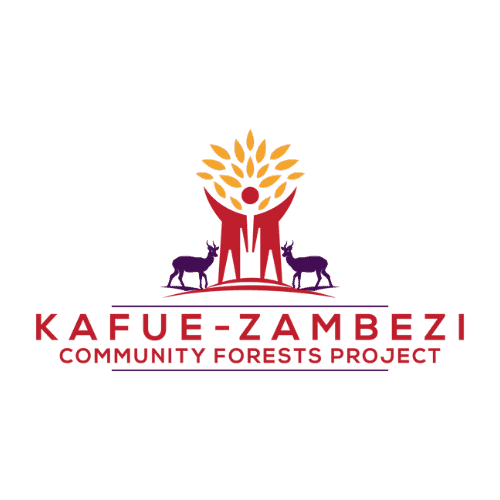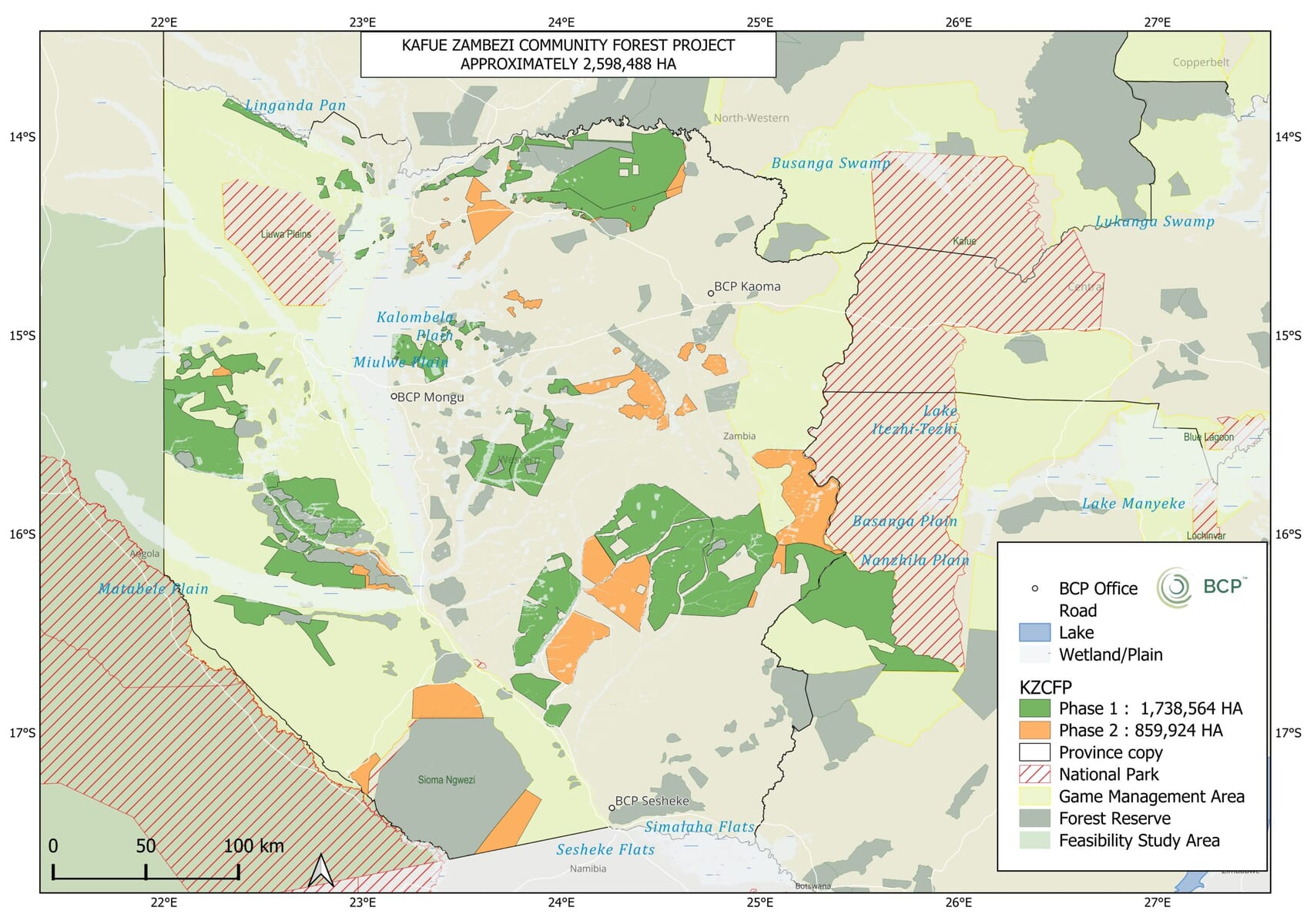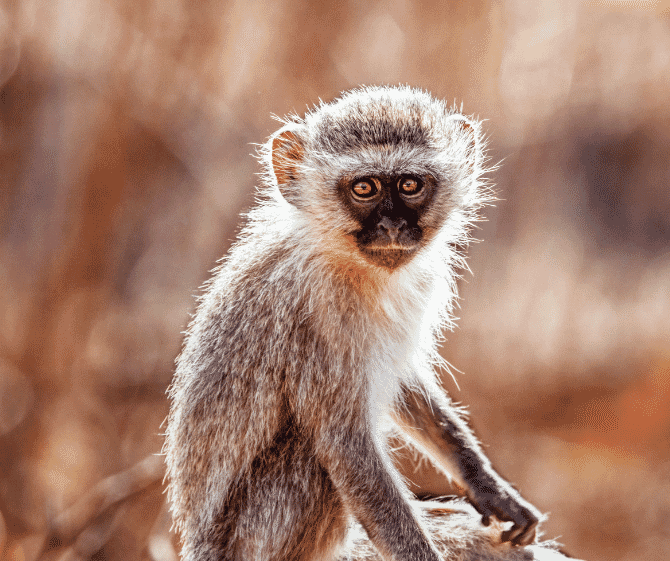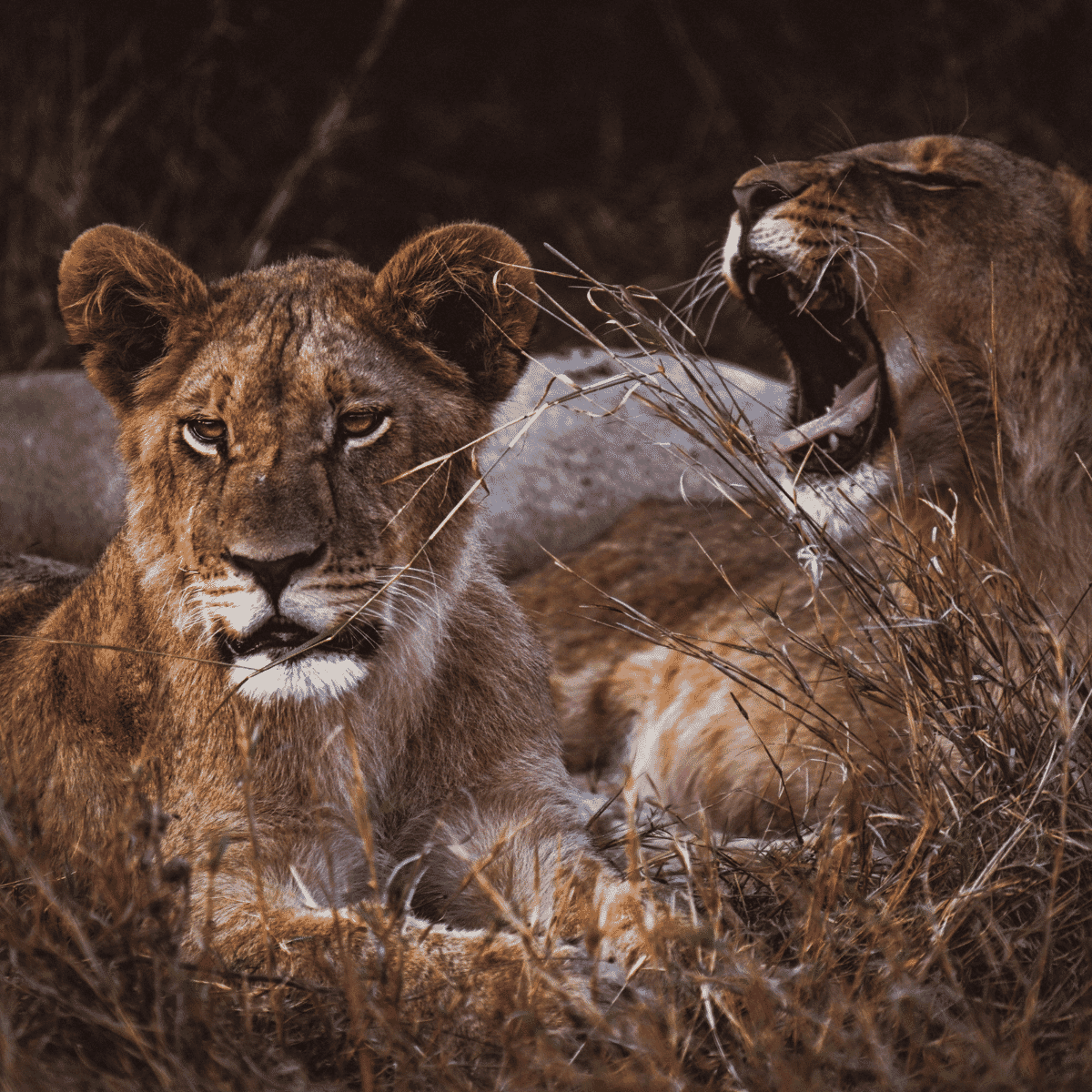In the floodplains of Western Zambia, where the Zambezi River carves a lifeline through grasslands, forests, and wetlands, the Lozi people of Barotseland have lived in harmony with nature for generations. Their traditions, livelihoods, and culture so deeply intertwined with the health of the land and water. The KZCFP builds on this heritage, placing the Lozi at the center of one of Africa’s most ambitious nature-based solutions. It is more than a conservation project, it is a partnership that blends Indigenous knowledge with a science based on nature based solutions to secure a future where people and the planet thrive together. Spanning 16 districts in Western Province, with planned expansion into four additional provinces—North-Western, Copperbelt, Central, and Southern—KZCFP is set to become the largest REDD+ project in the world, measured not only by its size but by its social impact. At its heart, it aims to protect the forests and rivers that sustain life, while empowering the communities who have stewarded these landscapes for centuries.


It is one the largest transfrontier conservation areas in the world, covering an area of over 520,000 square kilometers. KAZA TFCA aims to promote the conservation of biodiversity, protect natural ecosystems, and promote sustainable development in the region. The area is home to a diverse range of wildlife, including elephants, lions, rhinos, and numerous bird species. It also includes important ecosystems such as the Okavango Delta, Zambezi River, Kafue National Park, Sioma Ngwezi National , Bwatata National Park, Chobe National Park, and West Zambezi- Game Management Area.
The goal of the KAZA TFCA is “To sustainably manage the Kavango Zambezi ecosystem, its heritage and cultural resources based on best conservation and tourism models for the socio-economic wellbeing of the communities and other stakeholders in and around the eco-region through harmonization of policies, strategies and practices.”
The KAZA TFCA process evolved from two initiatives namely, the Okavango Upper Zambezi International Tourism Initiative (OUZIT) and the “Four Corners” Transboundary Natural Resource Management initiative. However, unlike its predecessors, the KAZA TFCA initiative is owned and led by the governments of the five partner countries, with a clear focus on conservation as the primary form of land use and tourism being a by-product thereof. The cornerstone of the KAZA TFCA was laid on 7th December 2006 when the Ministers responsible for environment, natural resources, wildlife and tourism in the Republics of Angola, Botswana, Namibia, Zambia, and Zimbabwe signed a Memorandum of Understanding (MoU) to negotiate and work towards the establishment of the TFCA. This process is well underway and the MoU will be repealed when the Treaty to formally establish the KAZA TFCA is signed by these partner countries.
The recognition of the KAZA TFCA as a Southern African Development Community (SADC) project in July 2006 means it is a programme encapsulating the SADC vision of regional integration and the SADC objectives for promoting the wise use of natural resources and effective protection of the natural environment.





